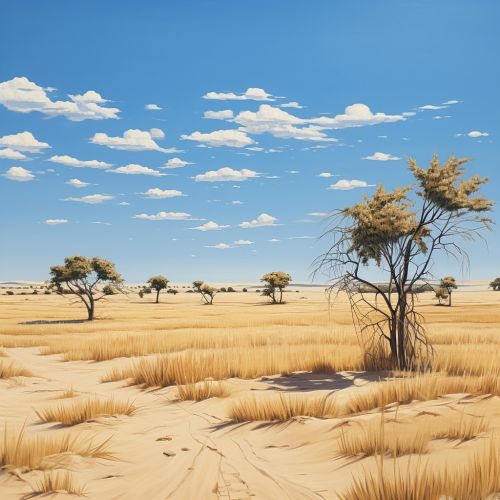Chad
Geography
Chad, officially known as the Republic of Chad, is a landlocked country in north-central Africa. It is bordered by Libya to the north, Sudan to the east, the Central African Republic to the south, Cameroon and Nigeria to the southwest, and Niger to the west. With an area of about 1.284 million square kilometers, Chad is the fifth largest country in Africa and the 21st largest in the world.


Chad is divided into multiple geographical regions. In the north, the Sahara Desert transitions into a Sahelian belt, and the south is characterized by savannah and tropical forests. The country's highest peak, the Emi Koussi, is located in the Sahara.
History
The history of Chad can be traced back to the Paleolithic Era, where archaeological sites have found tools and implements from this period. The Chad Basin has been inhabited by agricultural and sedentary people for more than 2,000 years, with complex civilizations developing around the Lake Chad area.
The Kanem-Bornu Empire dominated the region from the 9th to the 19th century. French colonial expansion led to the creation of the Territoire Militaire des Pays et Protectorats du Tchad in 1900. Chad obtained independence from France on August 11, 1960, under the leadership of François Tombalbaye.
Politics
Chad is a presidential republic, where the President of Chad is both the head of state and head of government. Executive power is exercised by the government. Legislative power is vested in both the government and parliament. The judiciary is independent of the executive and the legislature.
The current president, Idriss Déby, has been in power since 1990. The political system is characterized by widespread corruption, lack of transparency, and human rights issues.
Economy
Chad's economy is primarily agricultural, with more than 80% of the population reliant on subsistence farming and livestock raising. The country's main cash crop is cotton, and it is also a significant producer of sorghum, millet, peanuts, rice, and potatoes.
Chad's economy has been heavily dependent on oil since it began exporting it in 2003. However, the country is classified as a low-income, food-deficit country by the United Nations.
Culture
Chad's culture is a tapestry of over 200 different ethnic and linguistic groups. Arabic and French are the official languages, but over 100 languages and dialects are spoken. The majority of Chadians are Muslims (mainly Sunni), followed by Christians (mainly Roman Catholics) and animists.
Chadian cuisine varies by region, but staples include millet, sorghum, and rice. Music and dance are integral parts of Chadian culture, with traditional music varying among different ethnic groups.
